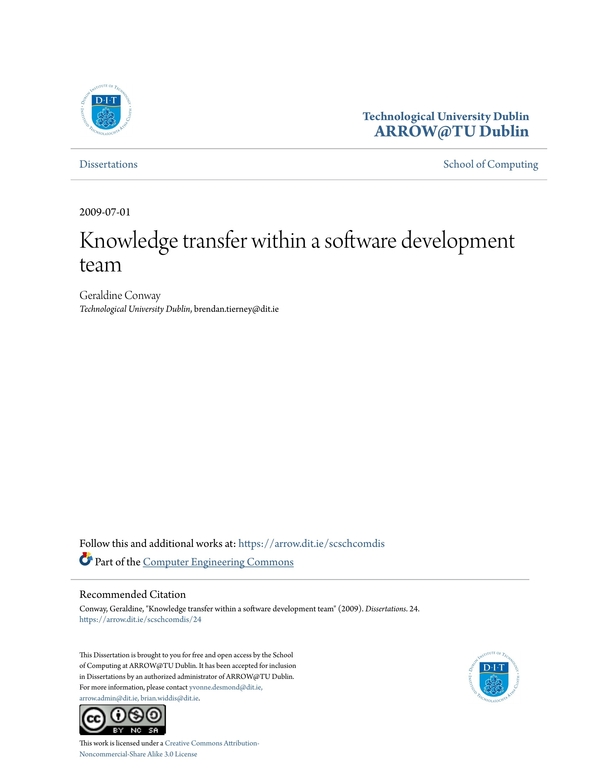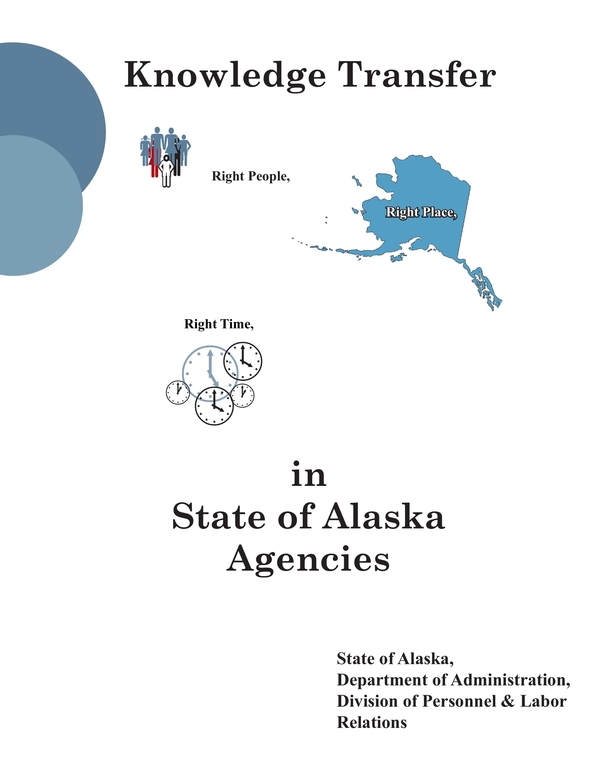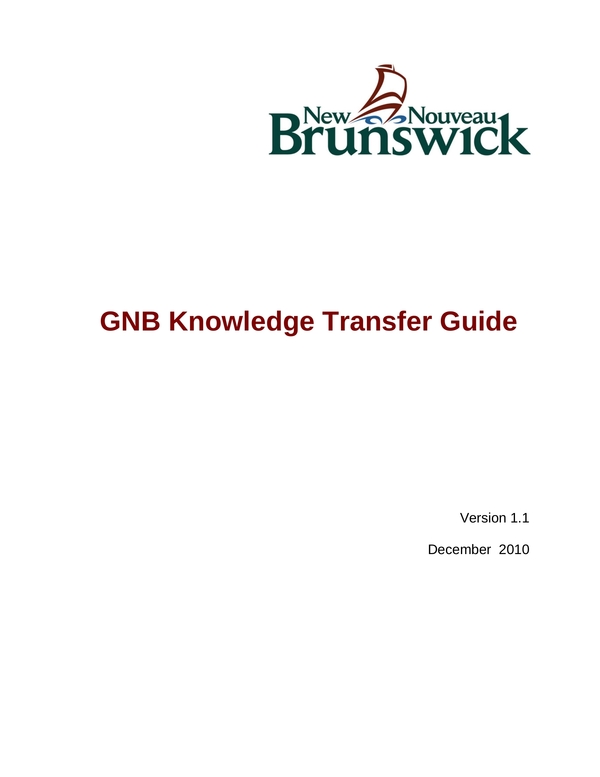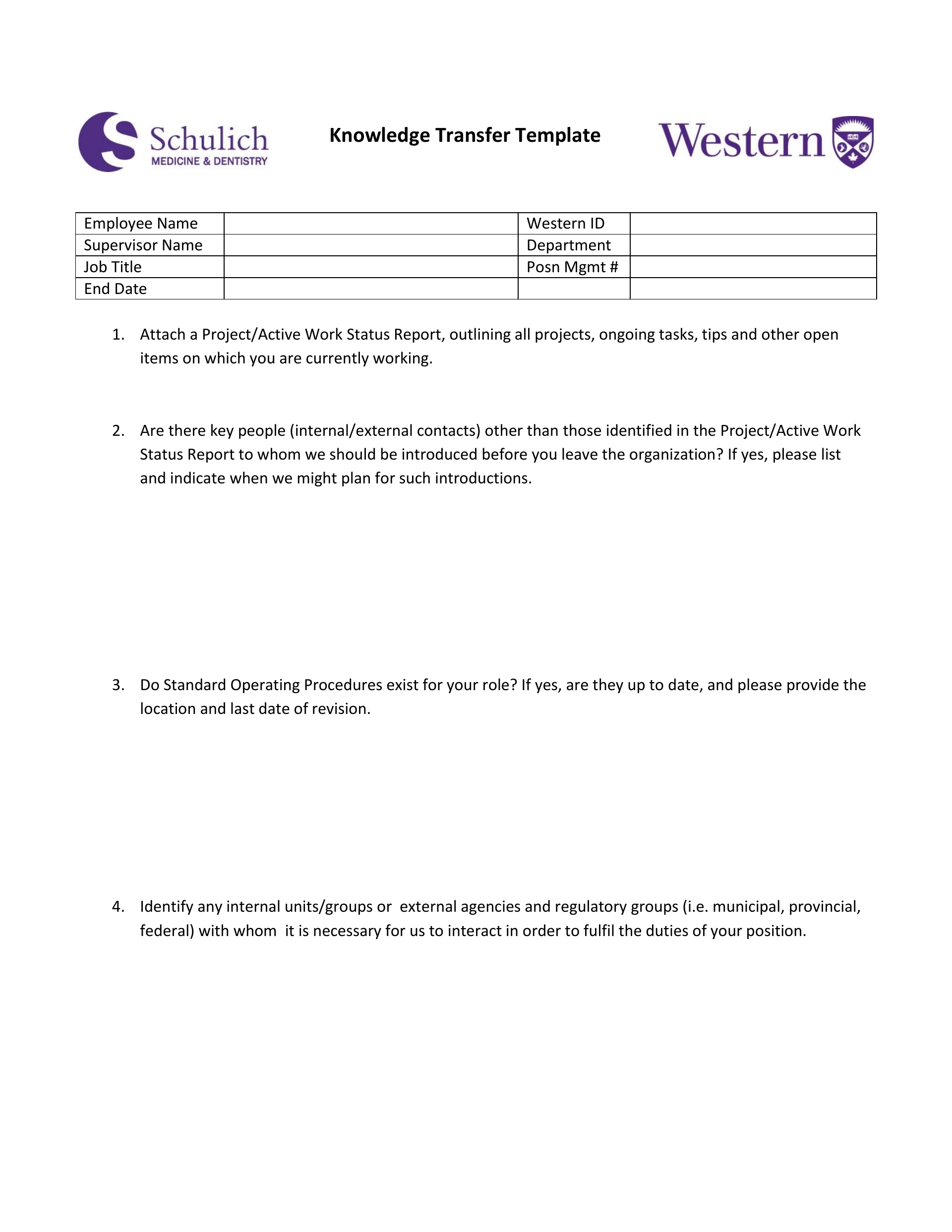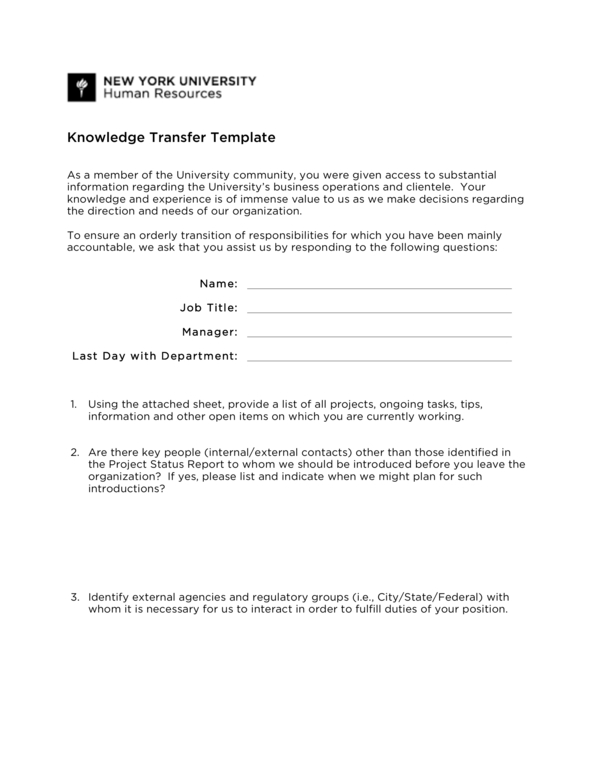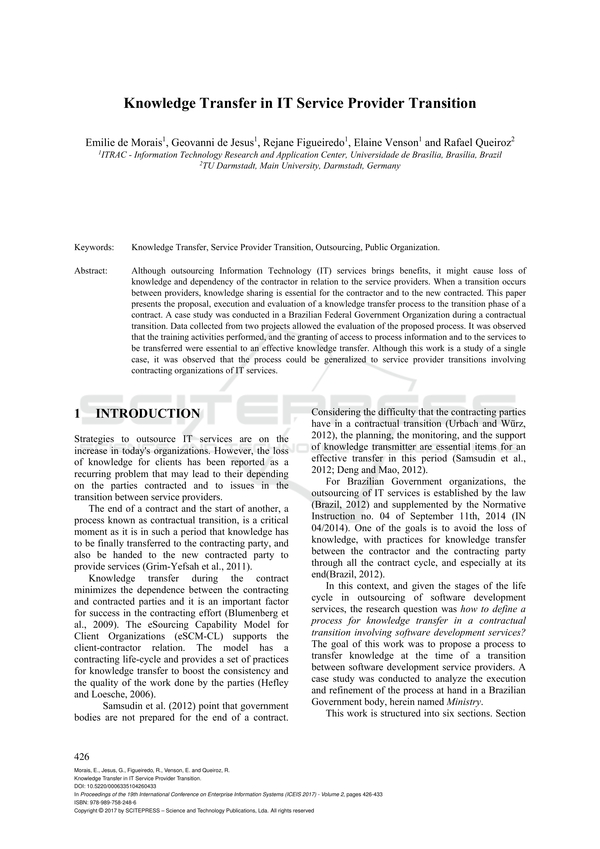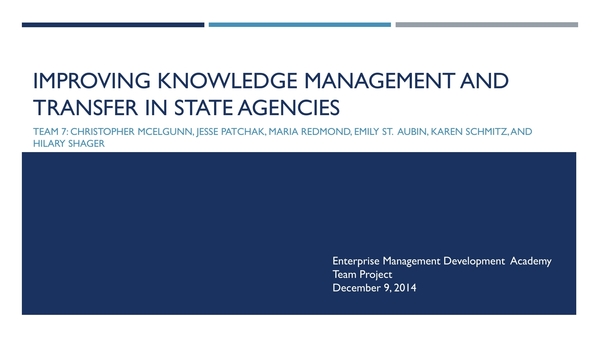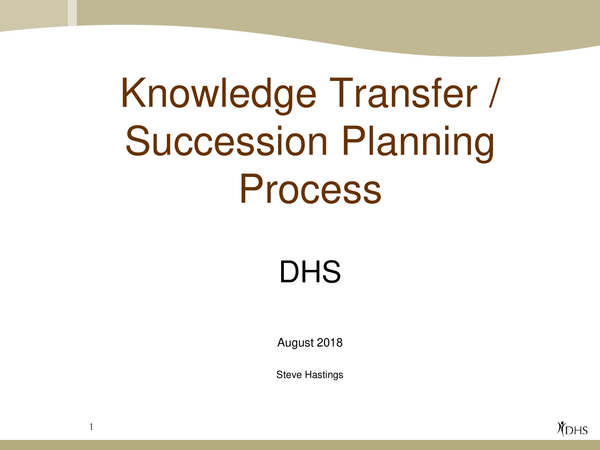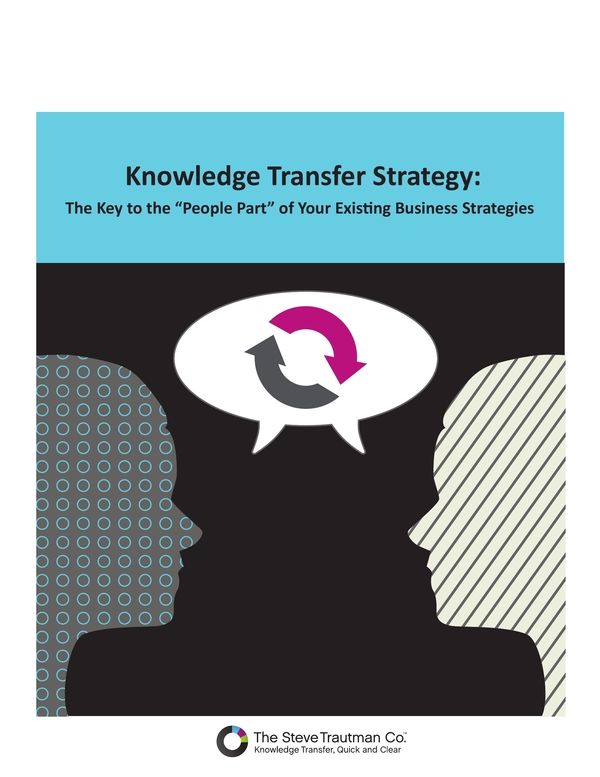11+ Knowledge Transfer Plan Examples to Download
People come and go. Whether you are managing a startup company or a large corporation, certain people would leave, and new people will come. According to statista, in 2017, 18% of the workers left their organization and were replaced with new workers. This statistic, however, is lower compared to the 19% annual overall employee turnover rate in 2016. This scenario is one of the typical scenes that you will have to witness and anticipate. In these situations, you have to ensure that the departure of the said workers will not affect the operations of your business.
Since you have to anticipate this case, you should carry out specific measures to ensure a smooth transition with the replacement of the departing worker. During the hire date, the employees must agree and sign to a detailed employee contract, which includes the resignation or departure process and agreement. In most cases, you can require these recruits to submit a resignation notice a month before they can leave. Typically, this timeframe is enough for you to hire a replacement, but due to the complexity of specific job roles, this interval might not be enough. Thus, you should execute additional preparations, such as keeping a Knowledge Transfer Plan.
What is a Knowledge Transfer Plan?
Through a Knowledge Transfer Plan, you can gather essential knowledge from the individual staff. This knowledge includes necessary information about the tasks that he or she does with the current position. You will then store the captured information within the organization. It will ensure that in the event where the existing employee has to let go of the position due to a change of role or departure, he or she can successfully endorse the tasks to a predecessor.
How Important is Tacit Knowledge?
You already know what a knowledge transfer plan is. The question is, what information are you going to include in your program? It is crucial to know that there are two types of knowledge that you can include in your plan. The first one is explicit knowledge, which consists of the information that you can easily acquire from a formal discussion and manuals. The second type, however, is more complicated than that, which is tacit knowledge.
Tacit knowledge is a skill or information that you can acquire through experiences and observations. This knowledge can be hard to transfer and may need more than reading the manuals and watching video tutorials. With these reasons in mind, you should make sure to plan your business’ knowledge transfer strategically.
Templates & Examples of Knowledge Transfer Plan
Now, we know that creating a knowledge transfer plan can be difficult. That is why we collected a list of examples and templates below. These examples will give you a clearer picture of how this type of plan should look. We also included a set of instructions in the next section to help you create an effective Knowledge Transfer Plan.
1. Knowledge Transfer Plan For Software Development
2. Knowledge Transfer Plan For Workforce
3. Knowledge Transfer Plan For Public Service
4. Knowledge Transfer Template
5. University Knowledge Transfer Template
6. Knowledge Transfer Template
7. Knowledge Transfer in IT Service Provider Transition
8. Website Redesign Knowledge Transfer Document
9. Knowledge Transfer Framework
10. State Agencies Knowledge Transfer and Management Sample
11. Knowledge Transfer & Succession Planning
12. Knowledge Transfer Strategy
How to Obtain an Efficient Knowledge Transfer Plan?
There are many ways to execute a knowledge transfer for your company. It is crucial to remember that the right method may vary to the goals of each knowledge transfer plan. With that said, we created a set of instructions that can work to any intention of a knowledge transfer plan.
1. Determine whose knowledge you need to gather
Aside from it is the first step of the whole process, it is also the most crucial. In this step, you can start by figuring out which staff is leaving. You will then find out how valuable this knowledge is. You can also consider possibilities such as unexpected employee departure and information availability. After that, you will create an outline or checklist of the information that you need to acquire.
2. Start gathering information
You should remember that although it is an excellent way to start, you may not gather all the information in just a single discussion. You may want to categorize the information that you will accumulate. Start with collecting the most crucial data. You can also include a category where the activities that only this particular employee knows the proper process.
3. Test and execute the plan
Now that you have all the information that you need, you can decide the best method that you think will work on your organization. There are many ways to transfer this knowledge to your people. You can try mentoring predefined employees. Depending on the complexity of the tasks, you can also try simulation, class setting training, and shadowing.
4. Evaluate the Plan
With the executed plan, you will see how it goes. In the process, you will measure the results of the methods applied in the project and observe for additional information that you can gather in the process. From there, you should decide if the current plan is effective. As we mentioned earlier, you may not complete this process overnight. You may have to figure out other ways that will work efficiently.
Anticipating the possible happenings within your organization is one way of better management that will ensure the success of your business. To endure the effects of potential employee turnover, you need a strategic plan that will secure a smooth knowledge sharing and knowledge translation process. It is just one of the obstacles that your company can experience, but what matters is you can deal with these problems effectively.



